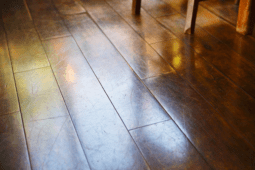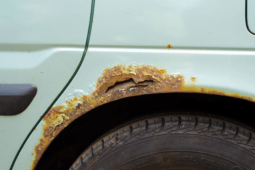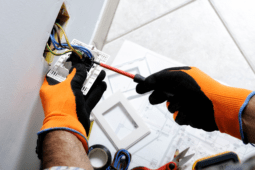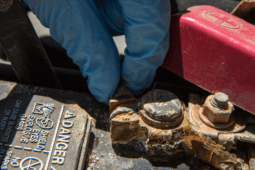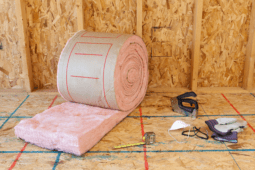How to: Make a Hood Ornament
Quick: what was the make, model, and production year of the first car you owned? Mine was a 1984 Honda Civic, tan, with a tape deck that got used significantly, and get this, power door locks! Snazzy!

I bet most of you had no trouble answering that question – the cars you’ve driven throughout your life leave a mark on you. Remember how bad you wanted that soft-top Jeep in high school? Or the white Celica you took with your girlfriend on that first big cross-country road trip? Well, today, I’m teaming up with Autotrader for a project that pays homage to that feeling, as well as centuries of great auto design.
It’s been a while since most cars came with hood ornaments (sadly, no, my ’84 Civic didn’t have one), but still, the hood ornament is an enduring symbol of what we love about our cars. So I decided to make a hood-ornament inspired by the ManMadeDIY ‘M’, working with my favorite material: wood. Check out the process below, and learn how to enter Autotrader’s #DrivetasticSweepstakes contest.
Autotrader is a car shopping web site that puts you in the driver’s seat. That fear and apprehension that comes when you think about car shopping? It’s gone; replaced by Autotrader’s powerful search tools, and the largest online inventory, all to help you find the one car that makes you feel utterly ‘Drivetastic‘.
At Autotrader, you can receive car alerts on your phone and quickly search for cars with just the features you’re looking for (heated seats, navigation, even a tape deck, if that’s what you want!).

1. For this project, I decided to use a nice, thick chunk of Western black walnut. I thought the dark color would give a more substantial look at the small size, and the thickness made it heavy enough to stand up and stay balanced.

2. I was inspired by the old British roadsters, so I decided to add that classic “winged” look to the ManMade M. I whipped up a quick sketch on my computer, and then printed it out and attached it to my walnut with spray adhesive.

3. Then, I cut out the shape on the bandsaw with an 1/8″ blade. It took some creativity to get inside the complex shape, but I was able to nibble away the wood to the line.

4. I sanded everything smooth, using a variety of round and flat objects to smooth the curves. I rounded over all the edges just slightly for a more handmade, sleek feel that echoed all those great cast hood ornaments of yore.

5. Then, I finished the wood with Danish oil for that deep, rich look without any shine. Whenever I use rub on oil finishes, I like to use a very fine grit sandpaper (like 320 or 400) to apply it. That allows the oil to penetrate in the wood, and creates a thin sawdust and oil “slurry” that will help fill in a coarse grain wood like walnut.

6. While the oil cured, I created a base for my hood ornament from concrete. I used a rapid-setting mix, which sets up in about an hour. For the form, I used a paint mixing cup from the hardware store, and applied a piece of painter’s tape to create a fill line at 1/2″. Then I mixed it up, let it cure, and then sanded everything smooth. The bottom of the coaster is quite smooth due to the fine grit of the mix and smooth plastic form, but if you’re concerned about scratching your furniture, you could apply some felt or cork to the bottom.

7. Once the concrete base and wood finish fully cured, I attached them together with an E6000 adhesive. It works well when joining a variety of materials.

Done! Zoom, zoom.

The folks at Autotrader are also running a #DrivetasticSweepstakes contest where you can enter to with your own 3D printed hood ornament. They were nice enough to print me out one of my own… Sweet, right? Get all the details on how to enter right here. And be sure to follow along with the conversation at #Drivetastic on social media, and with AutoTrader on Twitter, Facebook, Instagram, and Pinterest.

This is a sponsored post by Autotrader. All opinions expressed in this post are unbiased and based on my personal view. Thanks for supporting the brands that allow ManMade to keep publishing free content.



